If you're struggling to read small text on your Windows 11 PC, there are several ways to increase the font size for better readability. Whether you want to adjust the text size system-wide, tweak the text cursor, or scale up all interface elements, Windows 11 provides flexible options to customize your viewing experience.
Change the font size for the entire system from the Settings app
Adjusting the text size through the Settings app allows you to make all on-screen text larger across Windows 11.
Step 1: Open the Start Menu and select the Settings app from the 'Pinned apps' section. If it's not there, type Settings into the search bar and select it from the results.
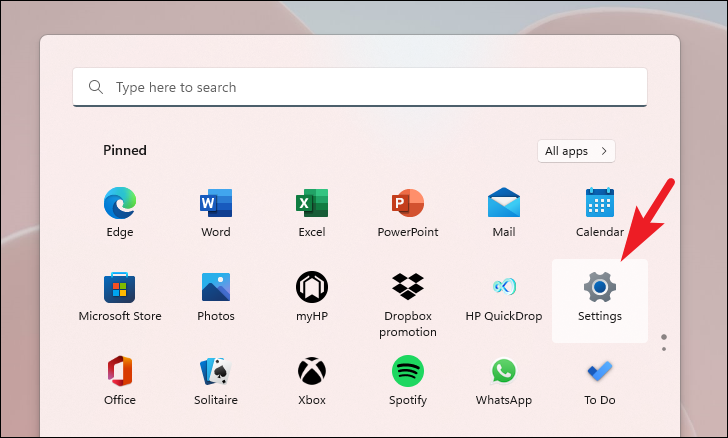
Step 2: In the Settings window, click on Accessibility from the left sidebar.
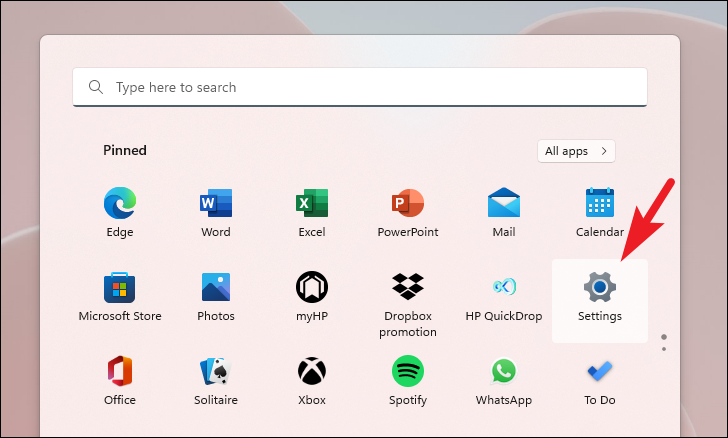
Step 3: On the right pane, select the Text size option.
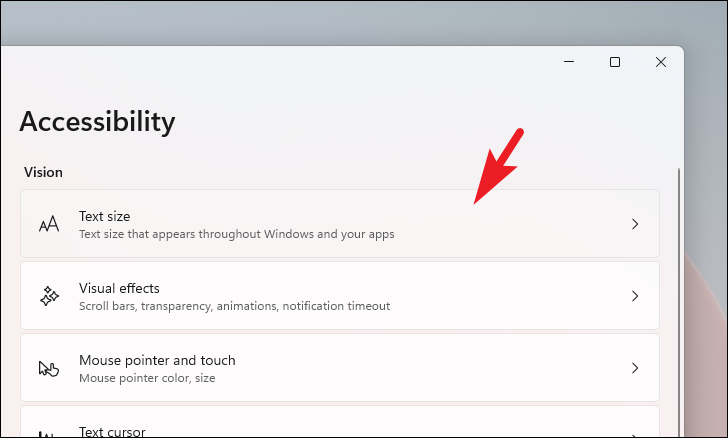
Step 4: Use the slider under 'Text size preview' to adjust the font size. Drag it to the right to increase the size. You'll see a preview of the new text size above the slider. Once you're satisfied, click Apply to save the changes.

After increasing the font size, you might find that the text cursor (the blinking line where you type) appears too small or is hard to locate. To improve its visibility, you can adjust its settings accordingly.
Tweak the text cursor to match your font size
Enhancing the text cursor's appearance can make it easier to find while typing, especially after increasing the font size.
Step 1: Open the Start Menu and select the Settings app from the 'Pinned apps' section, or search for Settings.
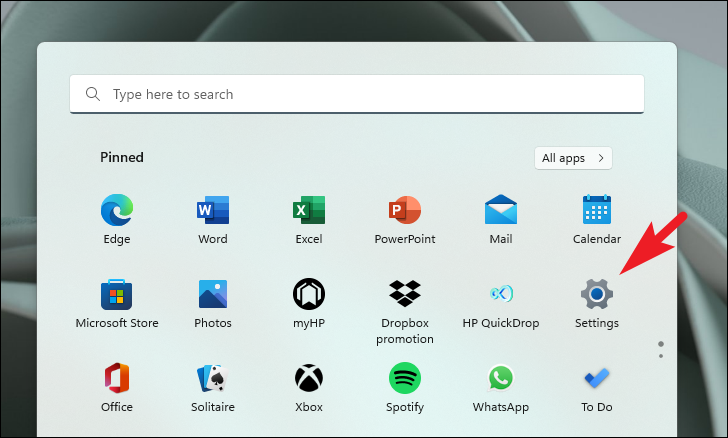
Step 2: Click on Accessibility in the left sidebar.

Step 3: On the right side, select the Text cursor option.
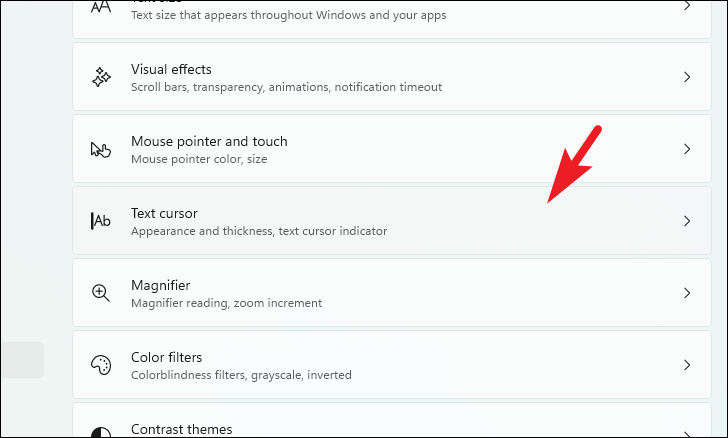
Step 4: To increase the cursor's thickness, find the 'Text cursor thickness' section and move the slider to the right. You'll see a preview of the cursor thickness in the example text.
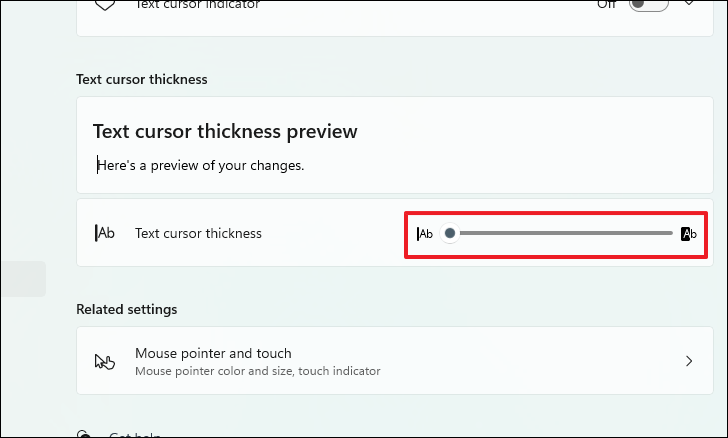
Step 5: To make the cursor even more visible, enable the Text cursor indicator by toggling it on. This adds colored indicators to each side of the cursor. Click on the option to expand more settings.
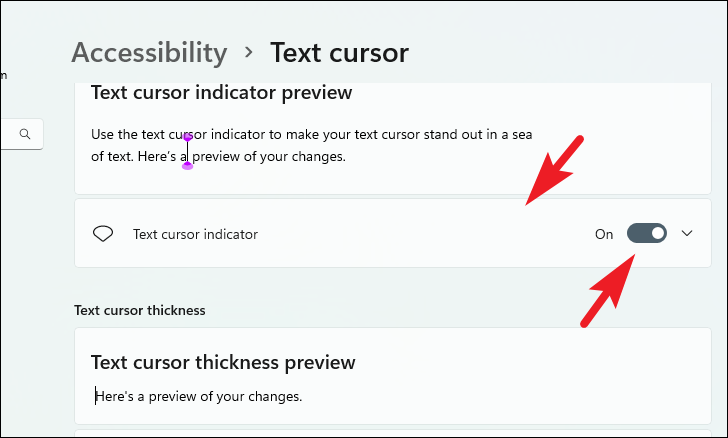
Step 6: Adjust the size of the indicators using the 'Size' slider. You can also change their color by selecting one of the recommended colors or clicking 'Choose another color' to pick a custom shade.
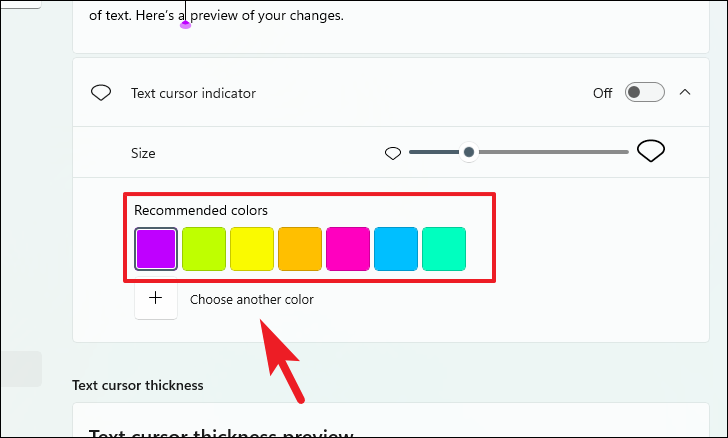
Customizing the text cursor can significantly enhance your typing experience, especially when dealing with larger text sizes.
Set a custom scaling factor to increase the size of icons, menus, and text system-wide
If you want to enlarge not just the text but all elements on your screen, including icons and menus, you can set a custom scaling factor.
Step 1: Open the Start Menu and select the Settings app from the 'Pinned apps' section, or search for Settings.
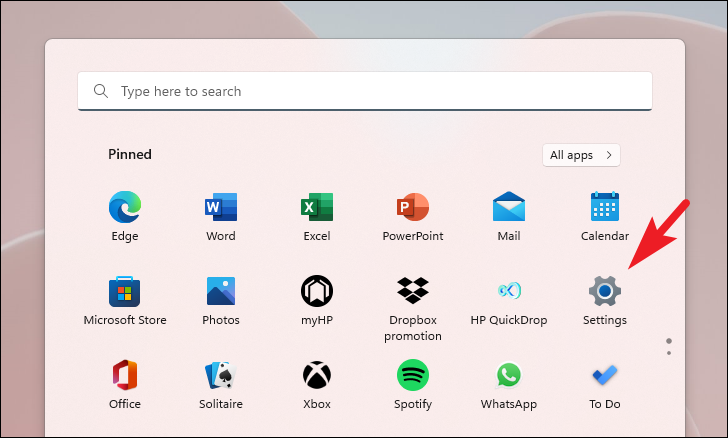
Step 2: Ensure that the System tab is selected in the left sidebar.
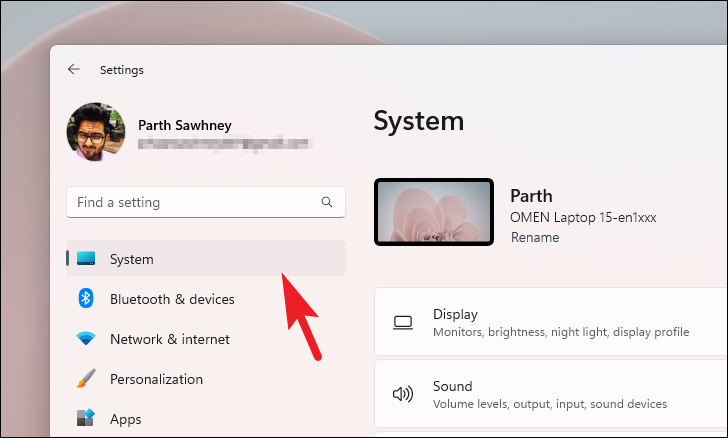
Step 3: On the right pane, click on Display. Step 4: Scroll down to the 'Scale & layout' section and click on the Scale setting.
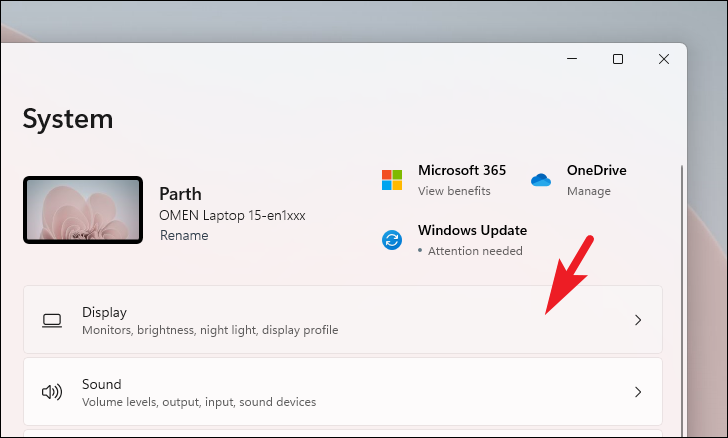
Step 5: Under 'Custom scaling,' enter a value between 100 and 500 in the text field (for example, 125). Click the checkmark button to confirm.
Note: Increase the scaling factor gradually, as setting it too high can make navigation difficult.
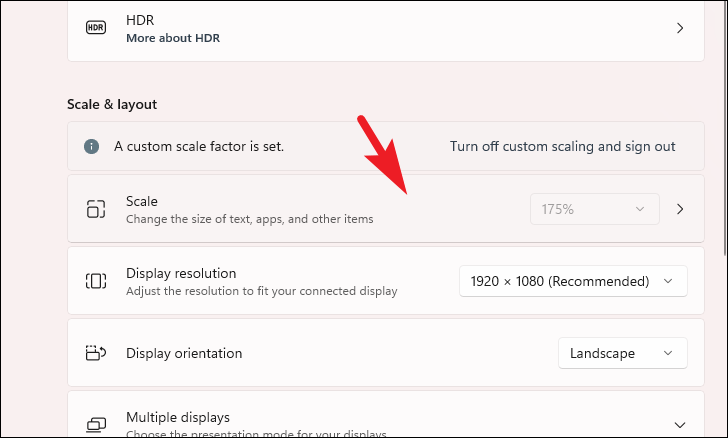
Step 6: To apply the new scaling factor, you'll need to sign out and sign back in. Open the Start Menu, click on your account picture or initials, and select Sign out.
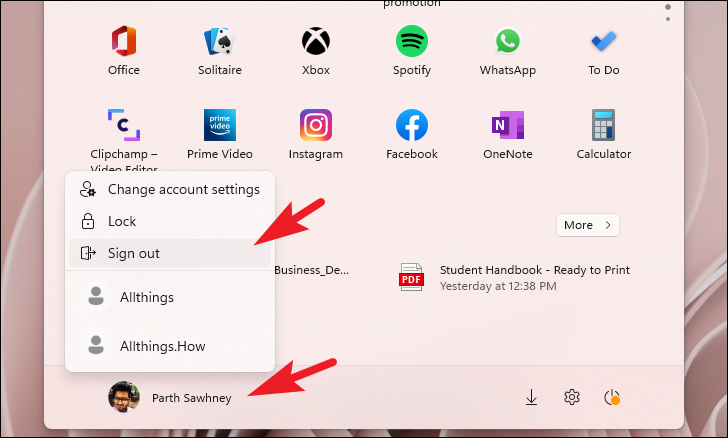
After signing back in, the custom scaling will be applied, and all interface elements will appear larger.
By adjusting these settings, you can make your Windows 11 experience more comfortable, ensuring that text and other on-screen elements are easy to read and navigate.






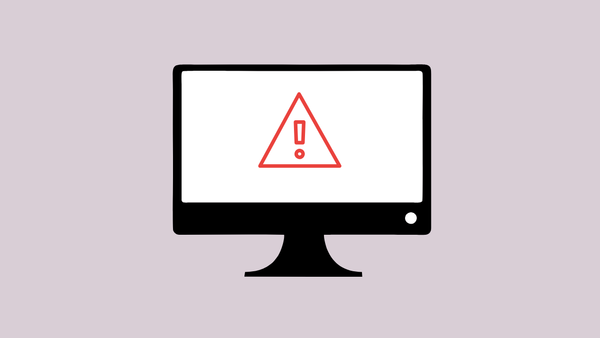
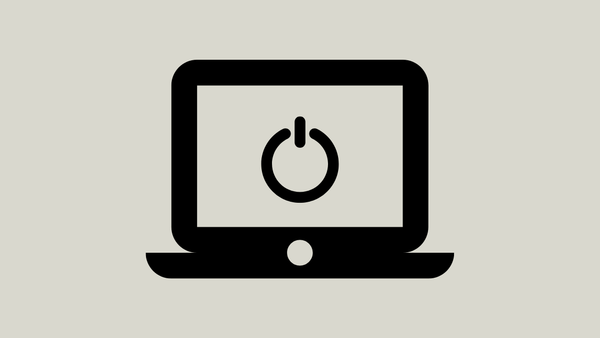
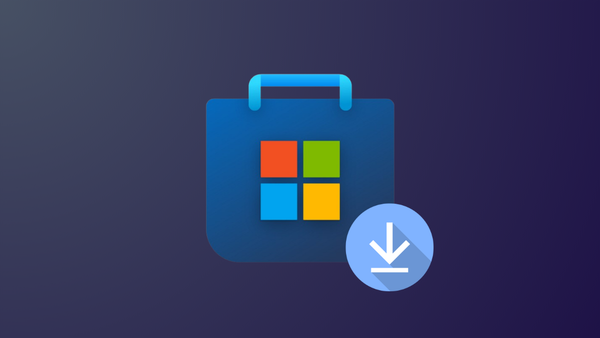


Member discussion